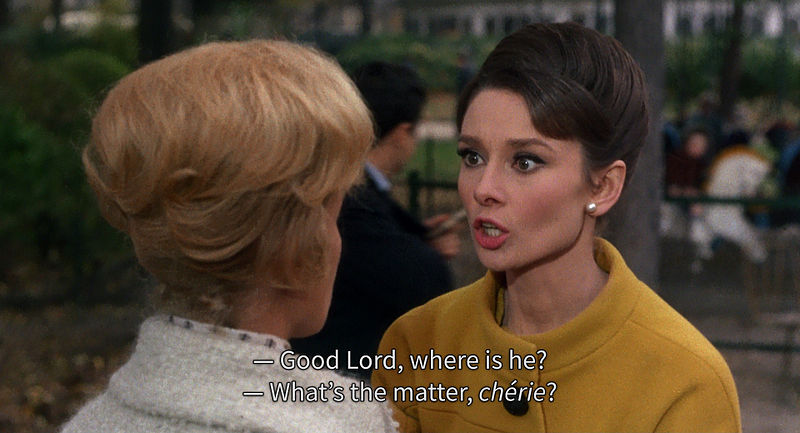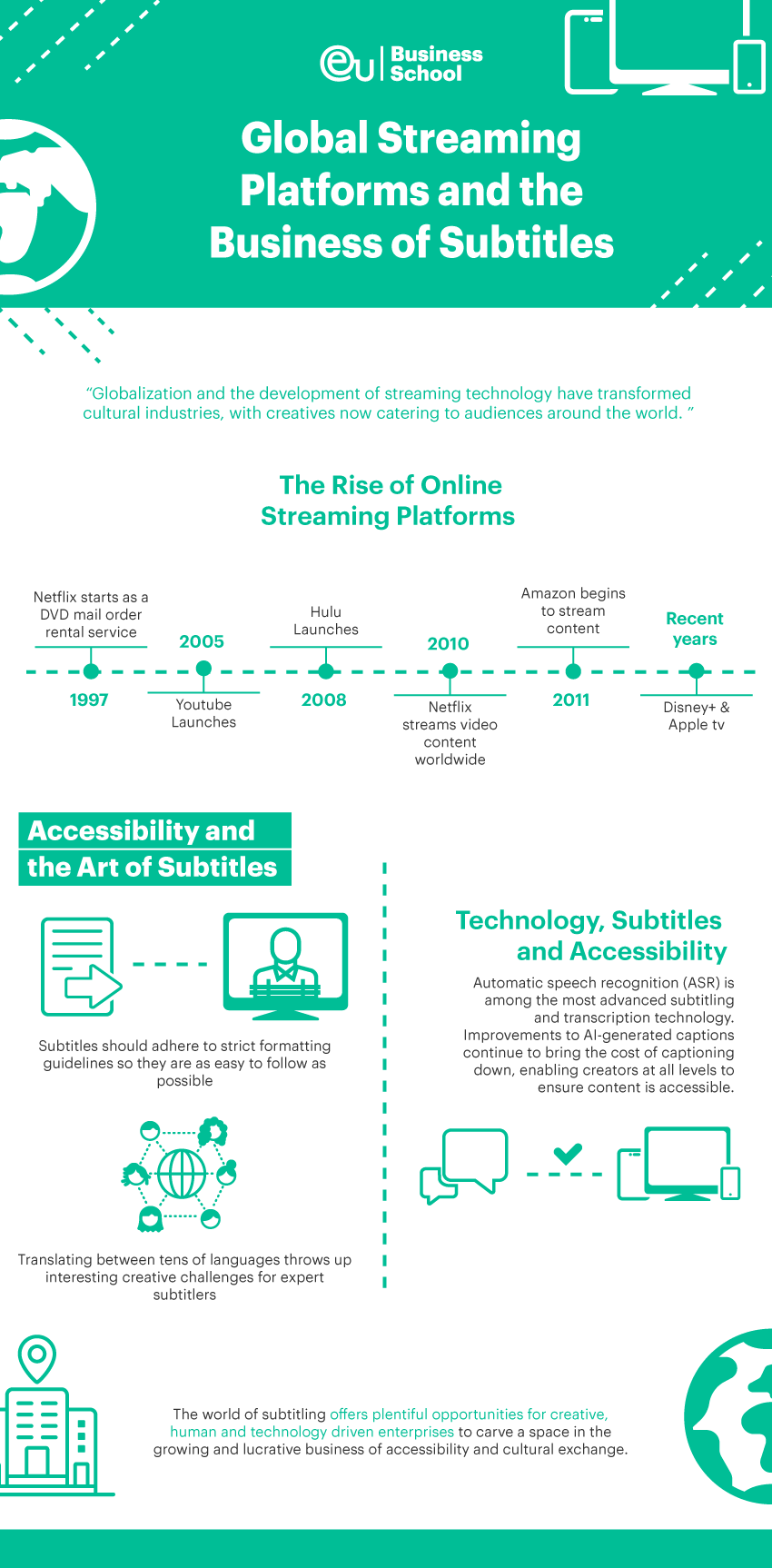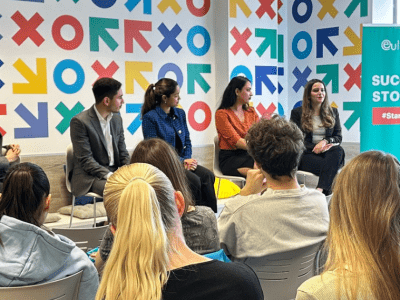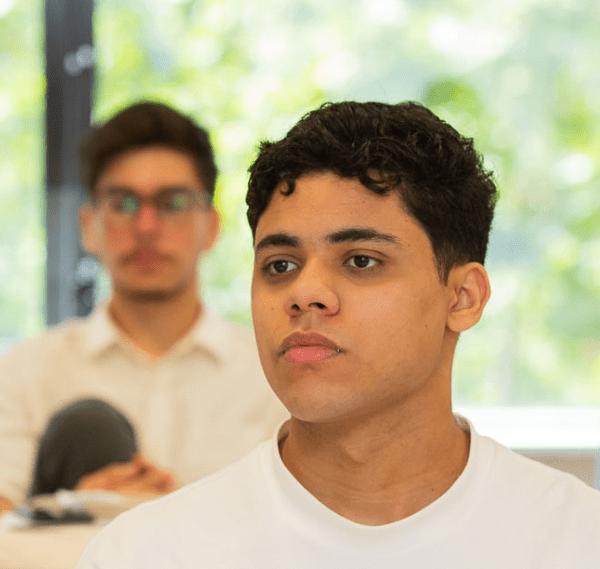Long gone are the days when watching foreign cinema was an arty pastime. The rise of global streaming platforms has opened access for viewers around the world to films and television in hundreds of languages. Although dubbing is still popular in some countries, increased access and familiarity with subtitled original language content is having a snowball effect.
This year ‘Parasite’, a South Korean film, won Best Picture at the Oscars. This is just one example of the now mainstream appreciation for what was considered obscure or arthouse cinema. Globalization and the development of streaming technology have transformed cultural industries, with creatives now catering to audiences around the world.
As more and more people ‘cut the cord’ and live without a television, what will happen to the growing global streaming industry? What are the opportunities for associated businesses, particularly the ever-expanding subtitling industry?
The Rise of Online Streaming Platforms
It’s often forgotten that Netflix started in 1997 as a DVD mail order rental service. That they’ve managed to pivot to become the most popular video streaming service in the world, with 182.6 million users, is an impressive feat. And it wasn’t until 2010 that they started streaming video content worldwide.
Netflix is now just one of a host of streaming options but, when the platform first decided to move away from the DVD rental model, they approached Blockbusters, a now defunct video rental store chain, to suggest a partnership. The chain refused; Netflix was ahead of the curve and Blockbusters couldn’t see what was coming. It’s a tough lesson, and one that business leaders continue to learn.
YouTube, on the other hand, became a runaway success when it launched in 2005. It struggled to stay afloat, however, until Google purchased the unprofitable startup for a record price of $1.65 billion in 2006, and was able to monetize the platform.
Soon, the two market leaders were joined by a raft of competition. Hulu was launched in 2008 to U.S. audiences as a joint venture between AOL, Comcast, Facebook, MSN, Myspace and Yahoo, who saw an opportunity to market reruns of old shows. It wasn’t until 2017 that they began to stream new content. Amazon, with fingers in every industry pie, launched their video-on-demand service in 2006 and began streaming content globally in 2011. Comparatively new on the scene, U.S.-only Disney+ and Apple TV, available in 200 countries worldwide, are now seen as strong competitors to Netflix.
Amidst the rapid growth of global online streaming platforms, a television channel dedicated to the best and most successful international TV was launched. ‘Walter Presents’ first appeared as part of Channel 4’s online platform in the U.K. It went beyond the arthouse identity of foreign cinema to celebrate the flashiest popular international TV. In its first month the platform attracted 1.1 million views and now ‘Walter Presents’ can be accessed around the world.
The ubiquity of global streaming platforms has many positive ramifications, including increased cultural empathy and larger audiences for independent film-makers. It’s also resulted in the expansion of flourishing subtitling industries.
How Streaming Platforms Have Changed the Game for the Subtitles and Captions Sector
In 2012 Netflix provided just a handful of foreign language subtitles. By 2017, they offered over 20 different languages, partly due to their rapid growth outside of America. To combat increasingly costly contracts, Netflix moved into production in 2012, opening studios in the U.S.A., Germany and Singapore to feed their growing audience. In addition, regional producers contribute content to the platform from around the world. All this has led to the development of localized subtitling industries to service producers creating content in countries across the globe.
A perfect example of the rising success of foreign language media, ‘Sacred Games’, an Indian television series produced by Netflix in 2018, was dubbed into four languages with subtitles in 24. “Two out of every three ‘Sacred Games’ viewers were from outside India,” a Netflix spokesperson said. And this is influencing a new trend; using multiple original languages in a single production. ‘Ekatarina’, a Russian program, includes Russian, French, German and English speech. This makes high-quality subtitles essential; most viewers will rely on them for at least part of the show.
Netflix continues to rely on human translators and expert subtitlers to caption content, saying: “Our desire to delight members in ‘their’ language, while staying true to creative intent and being mindful of cultural nuances is important to ensure quality.” YouTube, on the other hand, has just announced a partnership with cielo24 to offer a more accurate automatic captioning service to all their content creators, enabling anyone to produce accessible content without a high price tag.
Accessibility and the Art of Subtitles
Creating useful, accurate and easy-to-read subtitles is an art. We’ve all had frustrating experiences with subtitles that don’t make sense or can’t be easily read; there is even a Tumblr account dedicated to hilarious mistranslations of Bollywood films into English. Imagine the frustration if you rely on subtitles and transcripts to be able to access digital media in your own language, let alone from elsewhere.
When done well, subtitles can enhance the viewing experience even for those who do not need them. Subtitles should adhere to strict formatting guidelines so they are as easy to follow as possible, differentiating between off-screen heard action, dialogue and background noise. Translating between tens of languages throws up interesting creative challenges for expert subtitlers attempting to retain the impact of implicit cultural references that foreign viewers are likely to miss. And they have a very restricted space to work with; subtitles are usually 42 characters per line, with only two lines per frame, although that changes when subtitling for children.


So, when it comes to translated subtitles, you get what you pay for. Big budget productions anticipating a significant international audience now place a higher emphasis on the importance of getting subtitles right, and sometimes spend months working with experts in order to protect the quality of their work.
Once just an afterthought, subtitles are now big business. And, although commercial factors are driving this growth, there can only be positive ramifications for accessibility.
Technology, Subtitles and Accessibility
The subtitling industry does not just cater to film and television. A wide range of businesses need reliable subtitle, caption and transcription services. Now education, medical services and more are being accessed online, it’s essential that digital accessibility, including accurate subtitling, becomes a priority.
Live broadcast television (such as news and sports) presents one of the trickiest cases. It’s a realm that has until recently been left in the hands of expert (human) stenographers, but that service comes with a high cost, meaning only the largest production companies can afford to offer accessibility.
Automatic speech recognition (ASR) is among the most advanced subtitling and transcription technology. Using artificial intelligence, ASR automatically generates a transcript of spoken words. Although it is constantly being refined, the technology is still troubled by background noise and multiple speakers. However, automatic real-time captioning (ARC) builds on this system to bring reliability up to a human level by incorporating custom vocabulary (often including names of places and people more likely to be detected incorrectly) and adding a formatting process to adjust captions to house-style for maximum accessibility and brand consistency. It’s a far more sophisticated approach than YouTube’s automatic captioning, enhancing the viewer experience.
Improvements to AI-generated captions continue to bring the cost of captioning down, enabling creators at all levels to ensure content is accessible.


Making Space in a Flourishing Industry
As we’ve seen, the captioning, subtitle and transcription industry is growing across a range of sectors. Although there are several major players already in the business, there’s still space for new and innovative approaches, particularly at the cutting edge of technology.
Unsurprisingly, Amazon has already established a presence; their Transcribe service offers affordable closed captioning, subtitling and transcription to customers in education, medicine, entertainment and more. But that hasn’t daunted Trint, a UK-based startup, which has recently been recognized in the UK’s index of new disruptive businesses. Offering 31 languages and an easy to use digital workspace to collaborate with customers, theirs is an approach fit for the modern age.
The growth of this sector offers a vast array of opportunities. Online learning platform Udemy, for example, now offers a course on how and why to use Amazon Transcribe. And the technology continues to be developed. An MIT research team is developing AlterEgo, a non-invasive, wearable neural interface that transmits unspoken communication. They aim, at least initially, to support communication for people with speech disorders, but the potential for this technology is extensive and could have interesting ramifications for how we access, transcribe and caption content.
The world of subtitling offers plentiful opportunities for creative, human and technology driven enterprises to carve a space in the growing and lucrative business of accessibility and cultural exchange.
Finding Your Niche at the Cutting Edge
In the space where technology meets globalization there are myriad opportunities for tech-savvy, creative and innovative professionals. If you’re interested in a career at the forefront of business, whether that’s in the ever-expanding industry of subtitles and media accessibility or elsewhere, EU Business School is the place for you. Study alongside peers from around the world and learn from a faculty of experienced professionals, entrepreneurs and consultants. EU’s practical approach to education means you will graduate with a clear understanding of the fundamentals of your chosen specialism, as well as insights from innovation at the cutting edge of global business.











